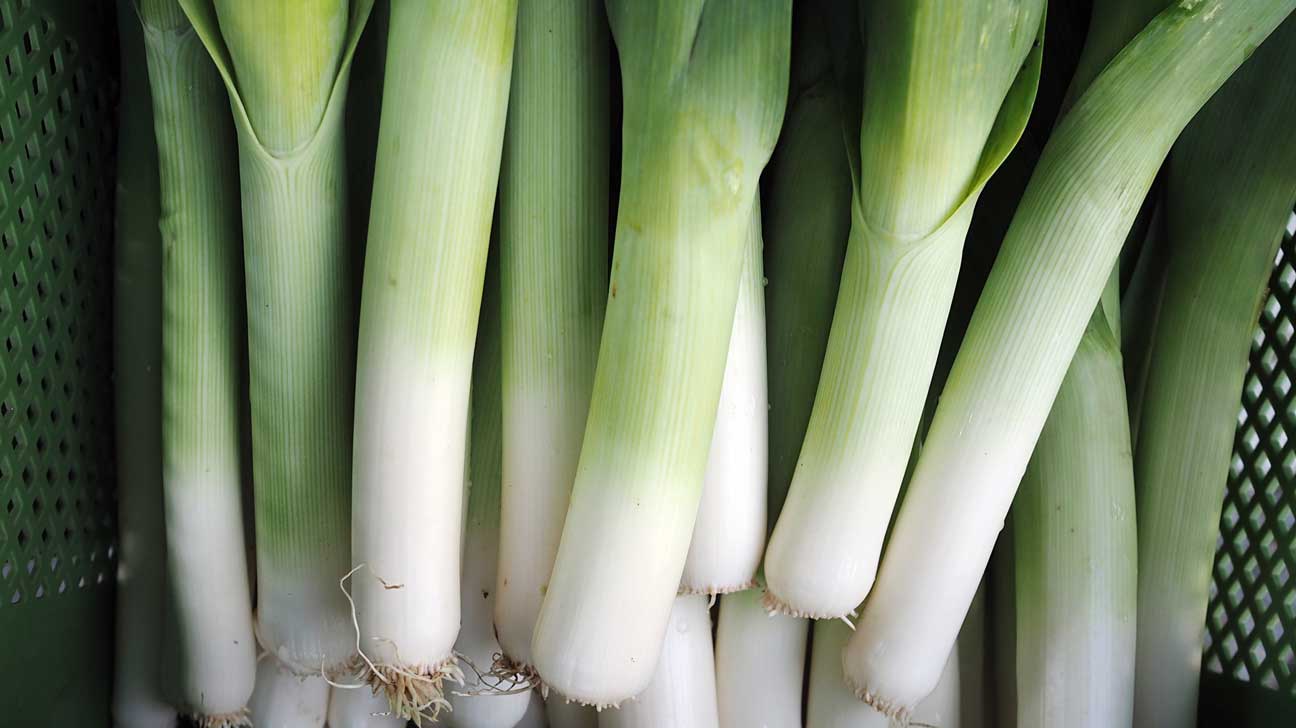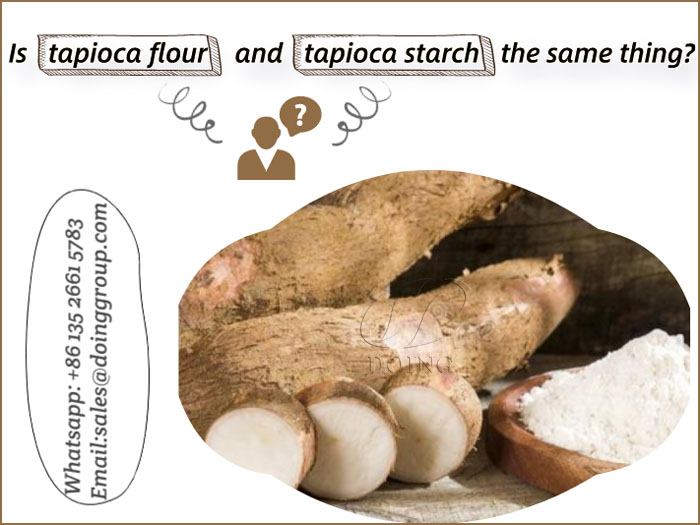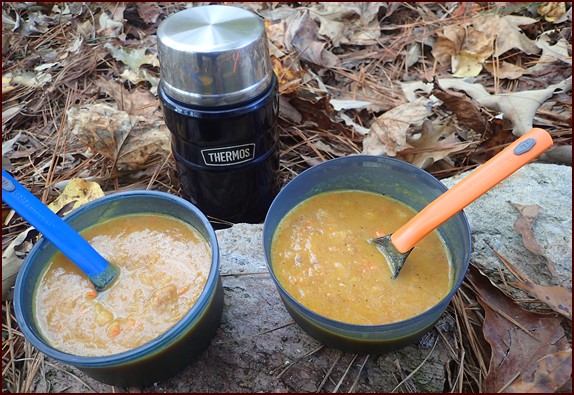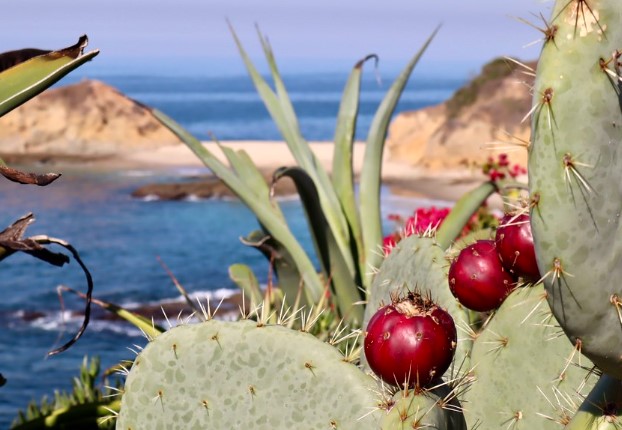– Fruit infused water has gained popularity as a healthy alternative to sugary drinks.
– It can increase hydration and make drinking water more enjoyable.
– Fruit infused water provides additional vitamins, minerals, and antioxidants.
– It can help reduce caloric intake by replacing higher calorie beverages.
– Fruit infused water can support natural detoxification processes.
– Certain fruits and herbs in infused water can aid digestion.
– Risks include dental health concerns due to acidity, allergic reactions, and contamination risks.
– It is important to wash produce thoroughly and store infused water properly.
– Overconsumption of certain nutrients should be avoided.
– Fruit infused water can cause gastrointestinal symptoms like diarrhea and abdominal cramps if over-consumed.
– Some fruits, vegetables, and herbs used in fruit infused water can interact with medications and alter their effectiveness or cause adverse side effects.
– Grapefruit can interfere with the metabolism of certain medications, leading to potentially dangerous levels of the drug in the body.
– Fruit infused water may not provide a complete electrolyte replacement solution, as the concentration of electrolytes may be relatively low compared to specialized electrolyte replacement drinks.
– Fruit infused water typically lacks sodium, a key electrolyte lost through sweat.
– Electrolyte Recovery Plus is a dedicated electrolyte supplement designed to replenish essential minerals and support optimal hydration.
– Combining fruit infused water for general hydration with a specialized electrolyte supplement can help maintain optimal hydration levels and support overall health and performance.
– It’s important to be aware of the potential risks of fruit infused water, such as dental health concerns, allergic reactions, contamination risks, overconsumption of certain nutrients, and potential interference with medications.
– Consult with a healthcare professional or nutritionist before incorporating fruit infused water into one’s daily routine.
– Recent study showed that fresh produce can increase the risk of foodborne illnesses in infused water.
– To prevent contamination, handle fresh fruit safely when making infused water. Tips include inspecting the produce for intactness, washing hands thoroughly, using safe drinking water, storing infused water in a clean and sealed container, refrigerating leftover infused water within 2 hours, and checking for spoilage before consuming.
– Cross-contamination should also be kept in mind.
Continue Reading









